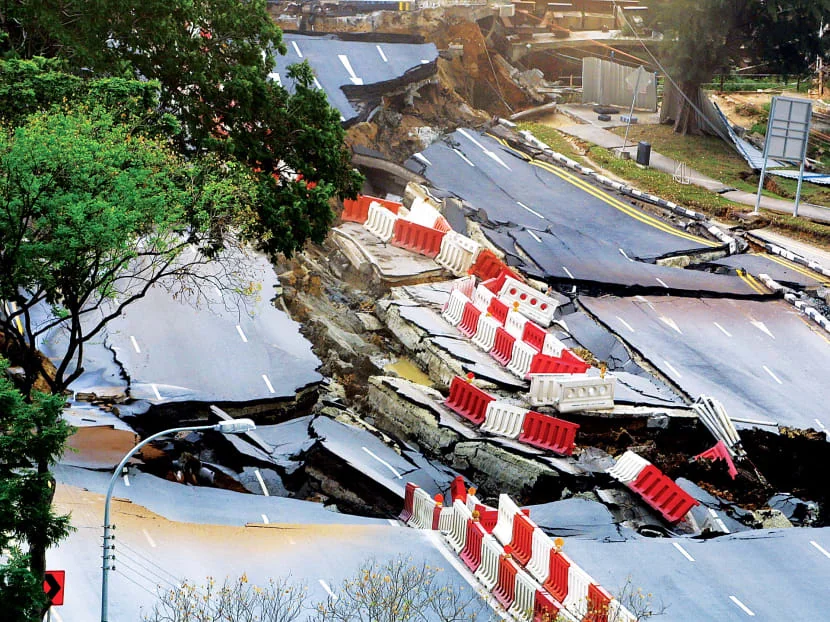Buildings in Singapore are earthquake-resistant - to a certain extent
Singapore faces low earthquake risk, mainly from distant Sumatran quakes.

Singapore, situated outside the Pacific Ring of Fire and not on a plate boundary, faces a low earthquake risk, primarily from distant events on the Sunda Megathrust offshore Sumatra, about 400 km away.
Buildings are designed under the Eurocodes, adopted in 2013, which include earthquake resistance for low-risk areas, ensuring they can handle minor tremors. This makes Singapore buildings generally safe, though not for major earthquakes such as the one that occurred in Myanmar.
Singapore adopted earthquake-resistant design in 2013
Singapore's Building and Construction Authority (BCA) adopted the Eurocodes in 2013, including EN1998 Eurocode 8, which sets guidelines for earthquake-resistant design, particularly for buildings over 20 meters tall on soft soils.
These standards ensure buildings can withstand low-level seismic activity, with research suggesting they are sufficient for Singapore's context, though not designed for major earthquakes like those in high-risk zones.
Role of Chinese construction companies in Singapore
The recent 7.7 magnitude earthquake in central Myanmar on March 28, 2025, caused over 1,600 deaths and significant damage, with effects felt in Thailand, including a collapsed 33-story building in Bangkok involving China Railway Engineering Corporation.
The collapsed building in Bangkok, intended for the State Audit Office, was a joint venture between Italian-Thai Development Plc and China Railway Number 10 (Thailand) Ltd, a subsidiary of China Railway Engineering Corporation (CREC), with the Chinese firm holding a 49% stake.
Chinese construction companies are active in Singapore, part of a competitive market valued at around $30 billion in 2019, with firms like China Construction Development listed among local players.
These companies must comply with Singapore's stringent building codes, ensuring their projects meet the same earthquake resistance standards as others.
The regulatory environment, with periodic reviews by the BCA, mitigates risks, with buildings required to withstand vibrations and shocks from potential tremors.
Track record of Chinese construction
The performance of Chinese-constructed buildings in earthquakes shows variation.
Traditional Chinese architecture, using dougong brackets, has demonstrated earthquake resistance, with structures like the Forbidden City enduring 200 earthquakes over 600 years.
However, modern constructions have faced criticism, notably in the 2008 Sichuan earthquake, where shoddy school construction led to collapses, attributed to poor enforcement and corruption.
The recent Bangkok collapse, involving CREC, raises similar concerns, but it was under construction, and other buildings in Bangkok did not collapse, suggesting context-specific factors.

